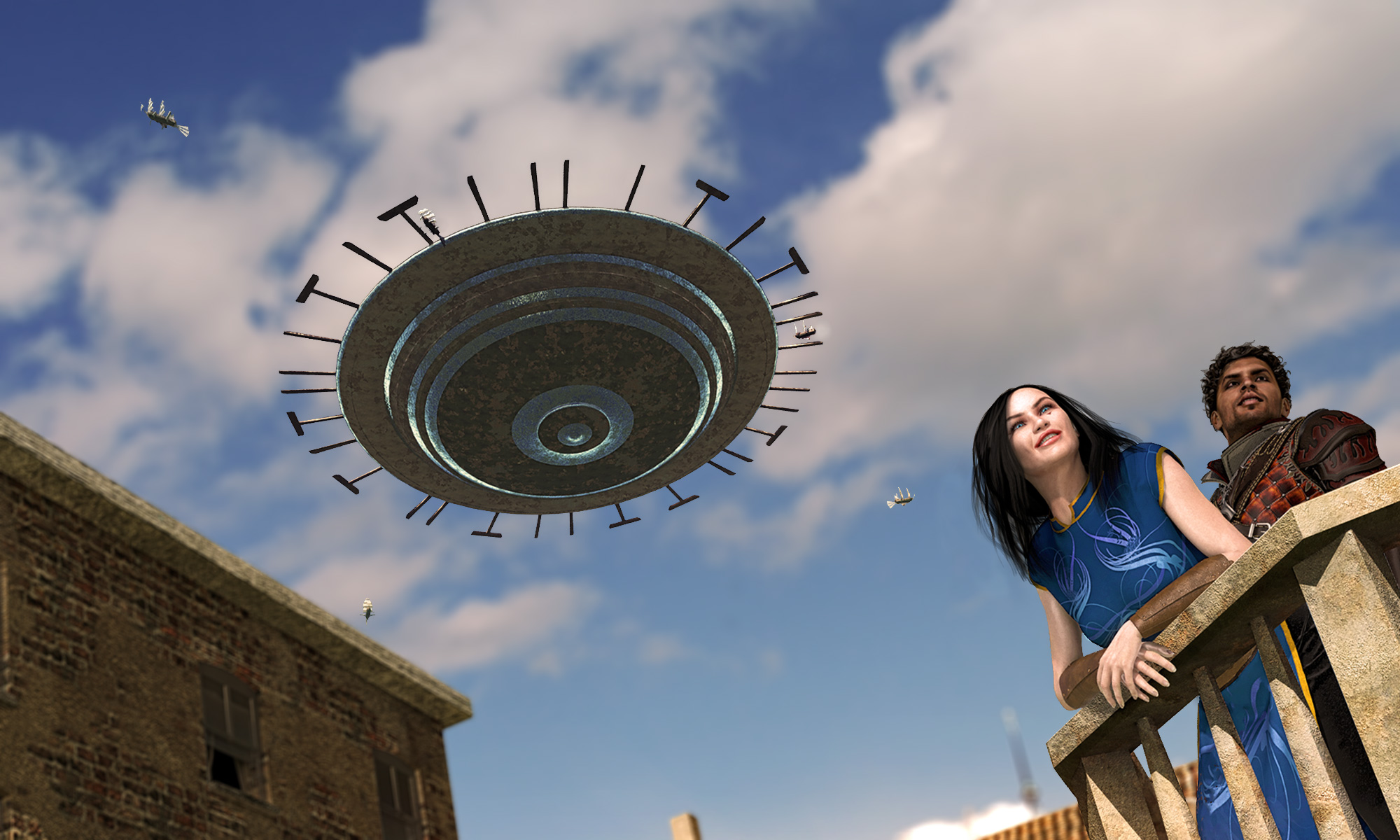
For those of you that are enjoying a holiday and long weekend despite the pandemic and social distancing, we wish you the best in these trying times! Due to the out of service status of the Rolemaster Forums, ICE is a bit of a “black box” right now, but nonetheless things still seem to be happening.
- Conversation over at the Discord Servers covering ICE, RM and all their products and games. There seems to be 50 active members so that’s something.
- Navigator RPG. Peter has published his Navigator game system and will be expanding into fantasy and other genres at some point. (correct me if I’m wrong Peter)
- New “50 in 50”! So, while I still owe #50 from the last challenge, we are moving ahead with another 50 small adventures, game hooks, plot devices etc. I have mine already fleshed out, I’ll discuss in a sec.
- Emer IV. The last redesign that will complete the continent seems to be moving forward with artwork. As I have mentioned before, while we all like new Amthor material, there is already a lifetime of content between Jaiman and Emer modules already published!
- Belatedly, I finally got “The Lair of Ozymandius” out as part of my 50in50 contribution. I think it was only 2 years late!
Although I’ve had to shut down my businesses, staying at home didn’t end up being very productive for writing. Fortunately, now that things are loosening up I’ve been able to get a lot of material written that I’ll be releasing over the rest of the year. Not sure what I’m going to do about BASiL Mentalism with the forums down. My queue looks like this:
- Edit of Priest-King. Just completed the first pass through with notes by Nicholas and now have to feel in a few areas that I left out.
- #50 of the 50in50: The Tower of the Elephant, which is my own interpretation of the famous Conan story.
- New 50in50. For this new challenge, I’ve decided to do 5 adventure hooks for 5 different categories: The Weapons, The Tombs, The Towers, The Heists and The Magicians. I’ve got 5 mostly fleshed out, so once we start publishing these won’t fall behind (hopefully)
- Chapters 3-5 of Legends of Shadow World. #3 is mostly complete and I have to polish up #4 and #5 which are more basic battle arenas.
- SW Players Channeling Guide. I consolidated all of my various Shadow World religions, spell lists and errata into a book with a focus on player use.
- Book of the Pales. I’ve been picking away at this, but got a burst of work done so I can see the end of it. sort of.
If you want to see any of my product, you can see it here: https://www.drivethrurpg.com/browse.php?author=Brian%20Hanson
If you like something, rate it! Thanks to everyone who emails or messages me.




![MERP 8106 Assassins of Dol Amroth - [PDF Document]](https://www.rolemasterblog.com/wp-content/uploads/2020/05/image.jpeg)


